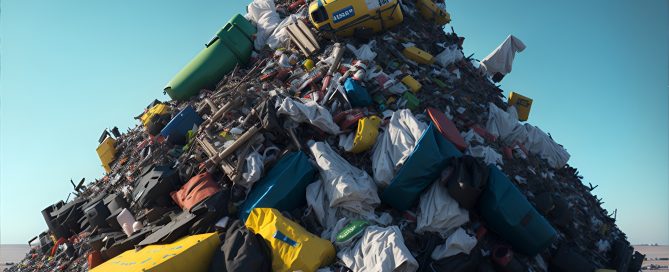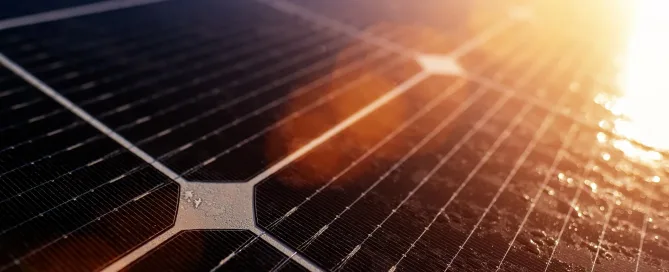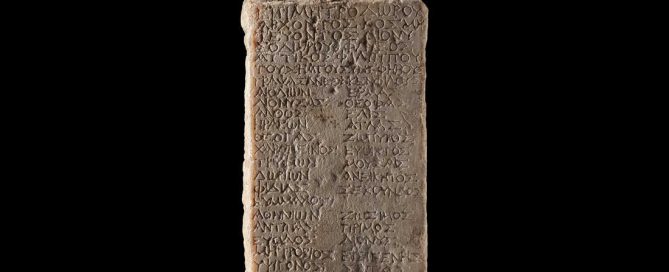Duolingo Language Report 2023: Korean and Hindi are Trending
Duolingo's annual Language Report for 2023 highlighted significant trends in global language learning. With over 83 million monthly learners completing 23 billion lessons, the platform witnessed continued growth and shifts in language preferences. English retained its status as the most studied language globally, dominating in 122 countries. Nearly half of learners (49%) were motivated to study English for education or work-related reasons, notably evident in India, where 40% of learners cited education as their primary motivation. Indian learners of English [...]










